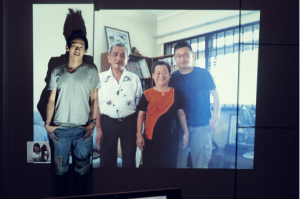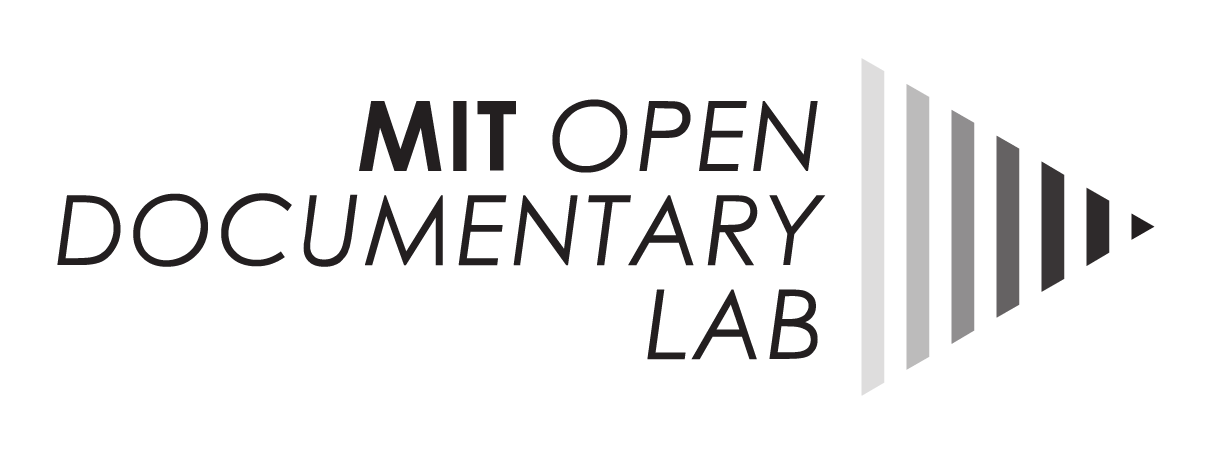
12 Nov To Create Live Treatments of Actuality: An Investigation of the Emerging Field of Live Documentary Practice | Julie Fischer
To Create Live Treatments of Actuality: An Investigation of the Emerging Field of Live Documentary Practice
Chapter 1: Introduction.
This thesis was a long time coming. I arrived at CMS in the Fall of 2012 and – starting to nose around for a thesis topic – couldn’t shake the desire to start studying the meaning and promise of live video communication. I’m only an infrequent Skype user but something about it really caught my interest. It seemed fascinatingly emotive to me, seemed like a channel for closeness and family ties and looking someone square in the eyes from across the oceans. I thought I might examine a group of frequent Skype users engaged in a particular application scenario (people in long-distance relationships, maybe, or study abroad students).
 By the summer of 2013, I’d become enamored (still am) with telepresence robots and their appearance in hospitals, on factory floors, and as fodder in a handful of Marisa Mayer debates. I wanted to pitch an auto-ethnography as my thesis: I would be the first MIT student to complete her final degree year remotely as a telepresence robot (I would be physically based in San Francisco, naturally), discovering the possibilities and pain points of rolling to lab, class, and The Muddy – right up to steering myself across the graduation stage from 3000 miles away. That one I still kinda like.
By the summer of 2013, I’d become enamored (still am) with telepresence robots and their appearance in hospitals, on factory floors, and as fodder in a handful of Marisa Mayer debates. I wanted to pitch an auto-ethnography as my thesis: I would be the first MIT student to complete her final degree year remotely as a telepresence robot (I would be physically based in San Francisco, naturally), discovering the possibilities and pain points of rolling to lab, class, and The Muddy – right up to steering myself across the graduation stage from 3000 miles away. That one I still kinda like.
But finally, I came to realize there was an opportunity to explore the disruptive potentials of live video in a field nearer and dearer to my heart: documentary. What might happen to the documentary talking head – and the documentary film itself – in a world in which audiences were more accustomed to understanding a person speaking to them through the screen as a live video contact? As someone there for them to talk to?
As you can read in the introduction to my thesis, this slow-to-dawn realization prompted a new shape to the study. How was liveness in multiple media forms bubbling up into documentary’s current moment? It’s not just live video that’s starting to be applied under the aegis of documentary work, it’s also live theater. I’m predicting real-time data visualizations will quickly be ushered into the documentary space, too, and in the concluding chapter of my thesis I spend some time thinking through what “live data” might mean in the context of documentary.
What I like about liveness for documentary is the urge to bring audiences and subjects together. The brilliant makers and artists I interviewed and whose work I studied have found strategies to make documentary more of a close encounter between subject and viewer than it has ever been (with some added revolutionary-seeming projects that are strategically reviving pre-film practices). Live documentary, I think, takes its place in the interactive documentary space with the same relationship to the film documentary: not as a threat or an oncoming replacement, but as a reminder to the documentary field as a whole of what’s always been at our core – getting in closer touch with each other.
Biographical Note
Julie Fischer is a former OpenDocLab Research Assistant and CMS Alum ’14. Before arriving at MIT, she served as researcher for documentary filmmaker Errol Morris, whose work, sense of humor, and approach to investigation is an endless inspiration.
Thesis Supervisor: William Uricchio
Title: Professor of Comparative Media Studies



